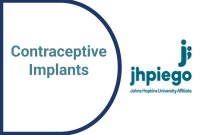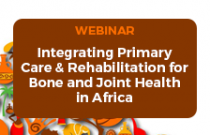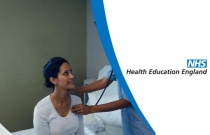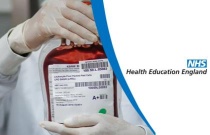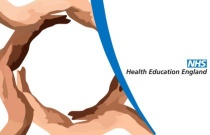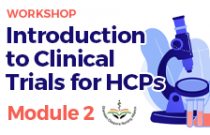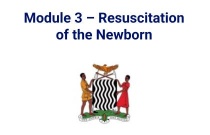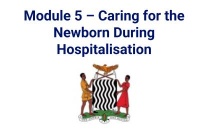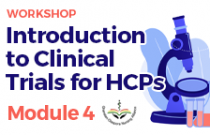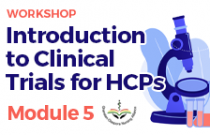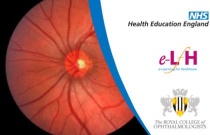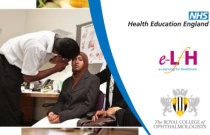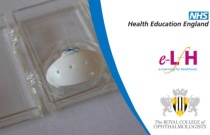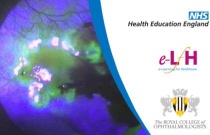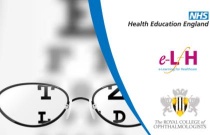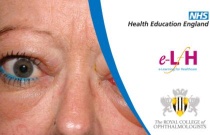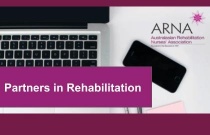Nursing on the Frontlines of the Climate Crisis: Education for Action Course
Teddie M. Potter Tracy Kelly Martha Grant Fuller Barbara Sattler Mitzie R. Meyers Josephine S.C. Williams Ruth McDermott-Levy Raluca Radu Michelle DePhillips Karen Duderstadt Gina Friel Dr Heather Baid Suellen Breakey
Climate change is an intensifying issue that is already harming human health and impacting society’s abilities to deliver healthcare and support healthy living around the world. As the most trusted health professional voices, the nursing community holds significant influence to protect patients and prepare health systems. Th....
Contraceptive Implants
Mark Hathaway, Alice Chemtai Muraguri, Megan Christofield, Neeta Bhatnagar, Julia Bluestone, Mike Mwiti Muthamia, Sunita Singal, and Michaela Scott
This 2-hour virtual course covers background on three types of contraceptive implants – Jadelle, Levoplant, and Implanon NXT and supports learnings to acquire knowledge and skills needed for proper insertion and removal, as well as counseling on voluntary and informed choice. Whether you are a seasoned healthcare provider with y....
Integrating Primary Care and Rehabilitation for Bone and Joint Health in Africa: the case of osteoporosis and psoriatic arthritis
Dr Hussein El Kout
This webinar explores the critical intersection of primary health care, rehabilitation, and policy in addressing the growing burden of osteoporosis and psoriatic arthritis in Africa. These chronic musculoskeletal conditions often remain underdiagnosed and undertreated, particularly in resource-constrained primary care settings.....
Consent for Transfusion: Essential Training for Healthcare Professionals
NHS, eIntegrity, elfh
This module is for those making the decision to transfuse and when authorising transfusion but is relevant to any healthcare professional caring for patients receiving a transfusion. We'll illustrate the importance of consent and your role in supporting shared decision-making with your patient ensuring that any consent, or re....
Occupational Health in Pharmacy Practice
Mr William Mpute
Occupational health is an essential field dedicated to the safety, health and well-being of people at work. This webinar is aimed at exploring occupational health in pharmacy practice.
Manuscript Writing
Dr Francis Chiumia, PhD
The webinar will emphasise equipping participants with the skills to prepare and publish scholarly manuscripts, ensuring the research findings are effectively disseminated to wider audiences.
SHOT - Module 3 - Learning from Haemovigilance
NHS, eIntegrity, elfh
This module focuses on some of the resources that are available from SHOT to help prevent transfusion-related errors. It covers several models such as PAUSE, SAFETY and the 10 steps of transfusion along with case studies for learners to explore to help them embed these best practice models.
SHOT - Module 1 - Haemovigilance Overview
NHS, eIntegrity, elfh
This module will help you to understand how haemovigilance is covered in the UK; recognise and report transfusion related adverse events and optimise learning from these events to enhance safety.
Module 3: Laboratory Management of Major Haemorrhage
NHS, eIntegrity, elfh
The aim of this module is to help all staff involved in the management of major haemorrhage understand the laboratory steps for issuing blood components.
Roles and responsibilities of investigators, nurses, and allied health professionals
Mr. Olumide Olufuwa & Mrs. Angela Agore
This is the second of five modules from the Clinical Trials sessions. This module focuses on CRA Responsibilities, Documentation, and Record-Keeping.
Module 3 – Resuscitation of the Newborn
Dr. Kunda Mutesu Kapembwa, Dr. Manoj Matthews, Dr. Sylvia Machona, Dr. Gae Mundundu, Dr.Jean Desire B Kabamba, Mercy Chibende, Tendai Mungalu, Bertha Kaunda Kaluba, Dr. Tsasa Ndjamwema, Ms. Giveness N. Mwangala, Ms. Monde Muyangana, Mwila Sekeseke- Shamal
By the end of this module, you will acquire adequate knowledge and demonstrate competency in resuscitating a newborn.
Module 5 – Caring for the Newborn During Hospitalisation
Dr. Kunda Mutesu Kapembwa, Dr. Manoj Matthews, Dr. Sylvia Machona, Dr. Gae Mundundu, Dr.Jean Desire B Kabamba, Mercy Chibende, Tendai Mungalu, Bertha Kaunda Kaluba, Dr. Tsasa Ndjamwema, Ms. Giveness N. Mwangala, Ms. Monde Muyangana, Mwila Sekeseke- Shamal
At the end of this module, participants should be able to care for the newborns during hospitalization.
Nurturing Beyond the Womb for Small and Sick Newborns
Dr. Arti Maria
This webinar will highlight the critical importance of integrating nurturing care practices into the daily management of small and sick newborns (SSNBs) within neonatal care units, grounded in the principles of Family-Centered Care (FCC). It will introduce a structured audio visual package designed to equip healthcare providers....
Informed Consent and Ethical Considerations in Diverse Populations
Professor & PhD Roxanne Crosby-Nwaobi
The fourth of five modules. This module combines the Informed Consent, Recruitment & Retention, and Participant Safety & Adverse Events modules, including ICH & GCP guidelines.
Oral Health: a dialogue with nursing and midwifery educators across Africa
Jill ILIFFE
The webinar will consist of a presentation on oral health which stresses the importance of oral health to general health; the role of nurses and midwives in improving oral health by providing oral health information and assessment; and the responsibility of nursing and midwifery educators to maintain current knowledge about oral....
Community Engagement & Participant Retention Strategies
Dr. Joy Ifeoma Okoye & Dr. Oluwabunmi Ogungbe
The last of five modules on ClinicalTrials. This module focuses on decentralized clinical trials as well as patient and public involvement and engagement, as it pertains to clinical trials on the African continent.
Screening and Surveillance: Theory and Principles as Applied to Glaucoma
Darren Shickle
Glaucoma, also termed the 'sneak thief of sight', is one of the leading causes of blindness worldwide and presents a significant public health challenge. This session will review the epidemiology of glaucoma and explore some of the public health interventions that can be used to eliminate the visual impairment and blindness that....
Jumpstart Your Thought Leadership on LinkedIn
Ms Sydnee Logan
This session will jumpstart — or elevate — how you use LinkedIn to maximize your impact at G-DNA and beyond. Designed for nurses, researchers, and public health professionals, it focuses on building a credible, consistent online presence while balancing real-world demands. You’ll learn how to show up on LinkedIn in ways that....
Public Health Aspects of Diabetic Retinopathy
Andy Cassels-Brown and Aditi Das
This session provides an overview of the epidemiology of diabetic retinopathy (DR) and public health approaches to minimising diabetic eye disease including diabetic retinopathy screening and health promotion.
Self Assessment Exercise in Basic Clinical Optics
Paula Foley
This session provides a self assessment in basic clinical optics. It is intended to act as a stimulus to any further study and revision necessary prior to undertaking later sessions in the practical refraction module.
Glaucoma Drainage Devices (GDD): Indications and Techniques
Laura Crawley and Philip Bloom
This session describes why, when and how tube surgery is performed, and discusses whether GDDs should be used as primary surgical treatment.
Trabeculectomy: Managing Under Drainage
Samantha Levin and Philip Bloom
This session covers post-op medical and surgical management, including needling of failed or failing trabeculectomies: Indications and techniques.
Refractive Abnormalities
Paula Foley
This session provides an overview of refractive abnormalities: myopia, hypermetropia, astigmatism and presbyopia.
Surgical Treatment of Thyroid Eye Disease
Radhika Patel and Paul Cauchi
This session describes the role of surgery in treatment and rehabilitation of thyroid eye disease (TED). It will discuss choice and sequence of surgery and examine orbital decompression surgery, strabismus surgery in TED and eyelid surgery for TED.
Partners in Rehabilitation
Alison Brooks and Meredith Coote
Join Alison Brook & Meredith Coote as they examine the issue, generally of the advantages of engaging unpaid family/friend carers in health settings. The advantages are for all parties: the health team, the person receiving care and the carers themselves. Carers often feel invisible, disrespected and under-utilised in hea....

